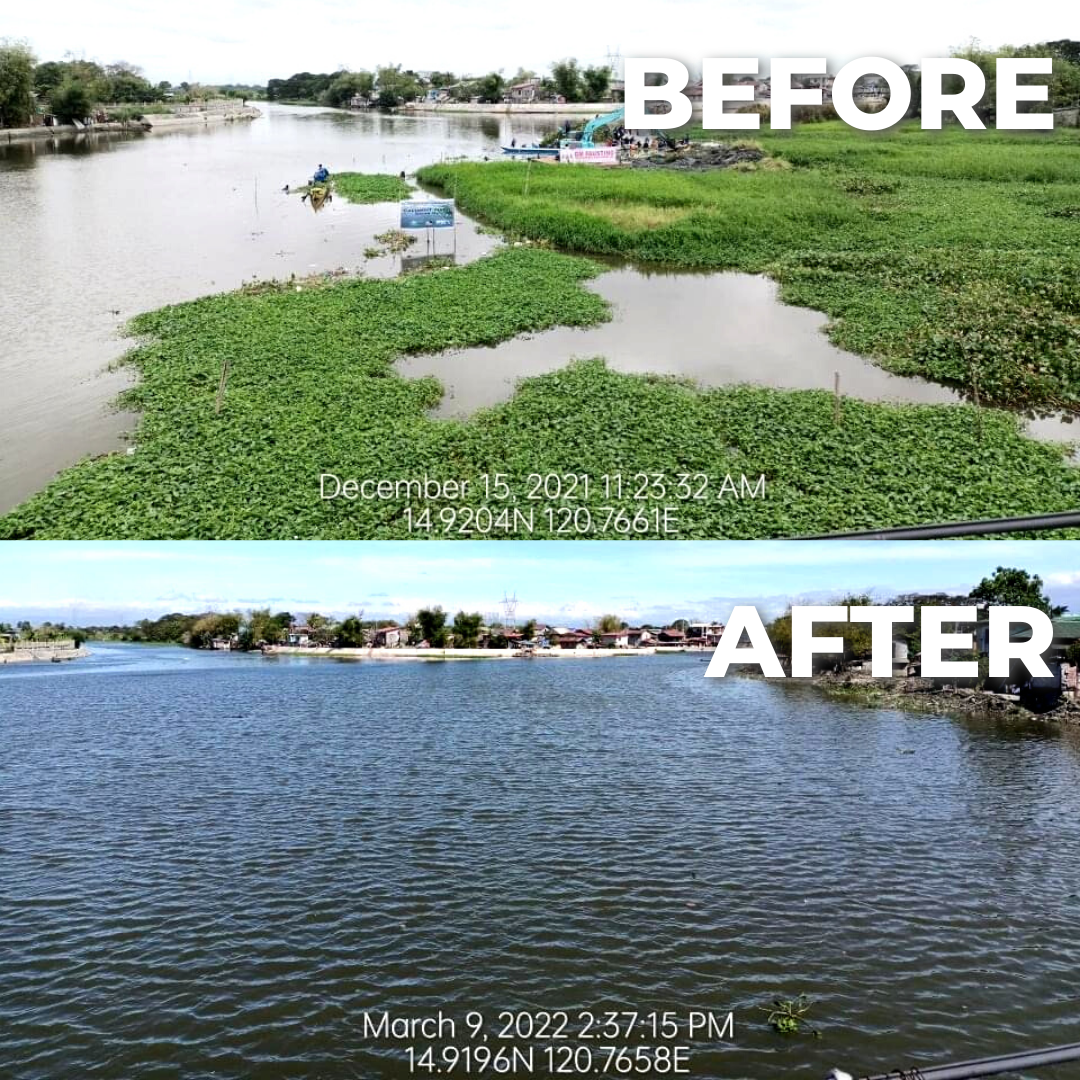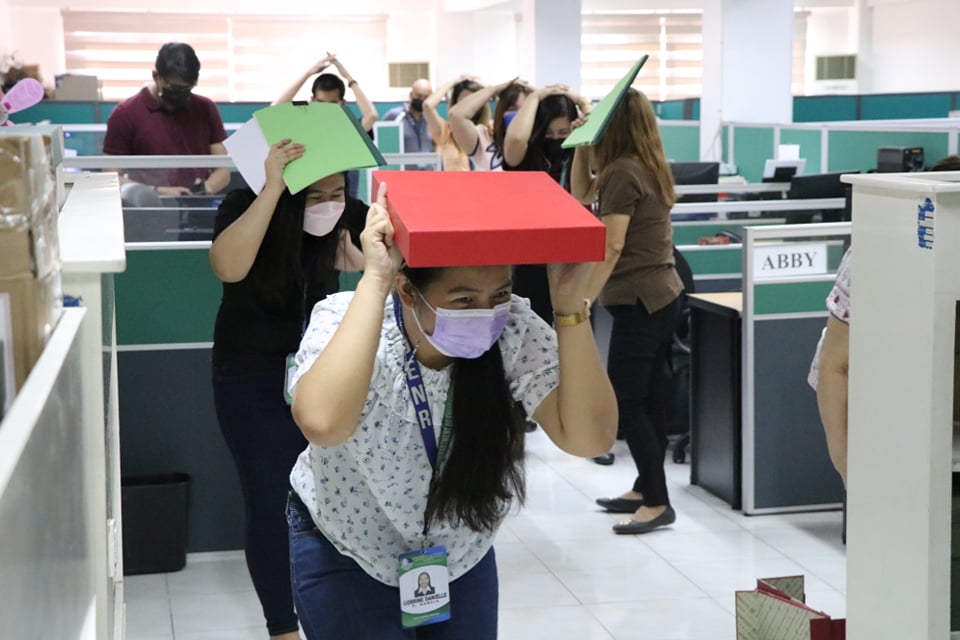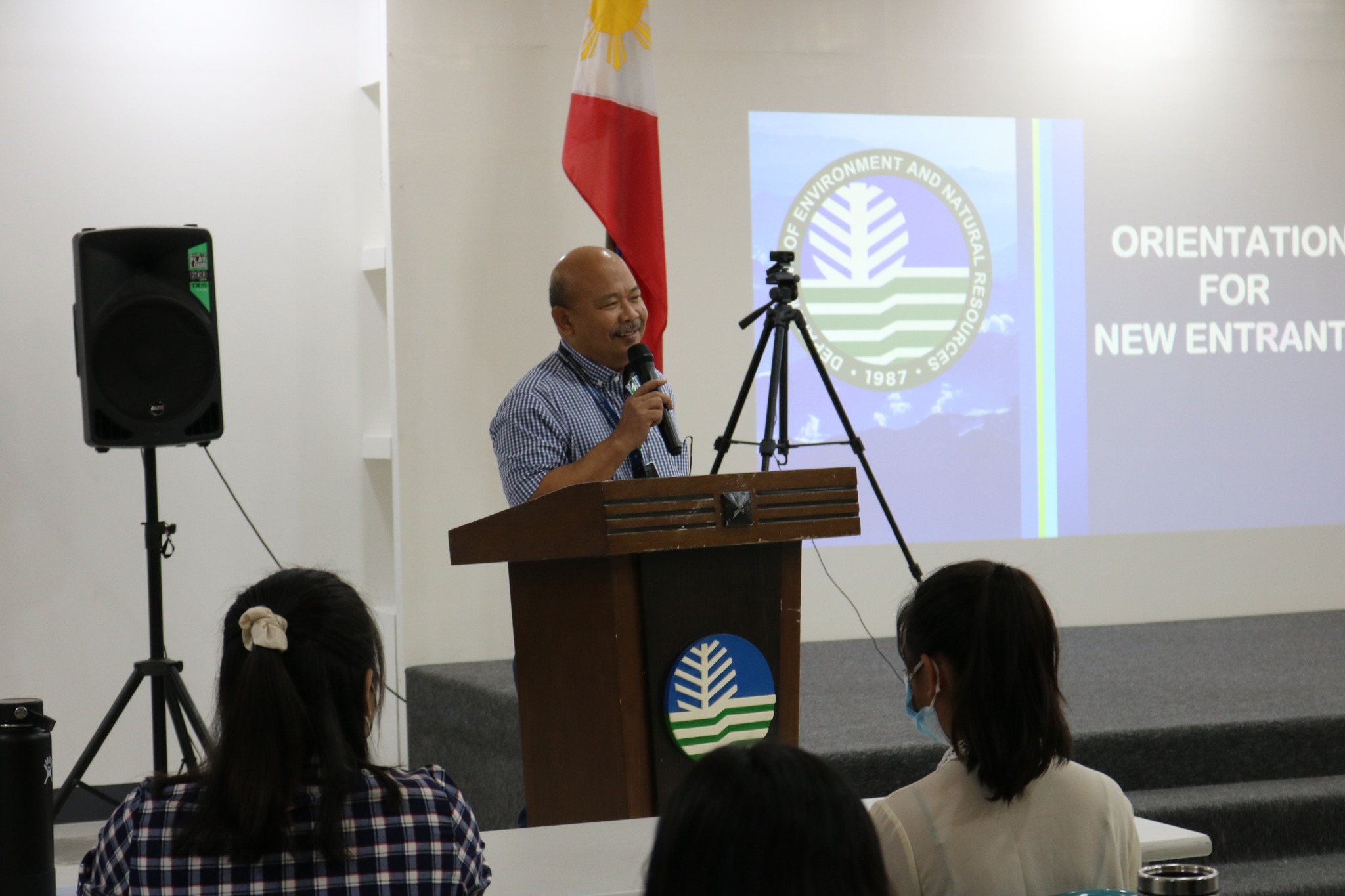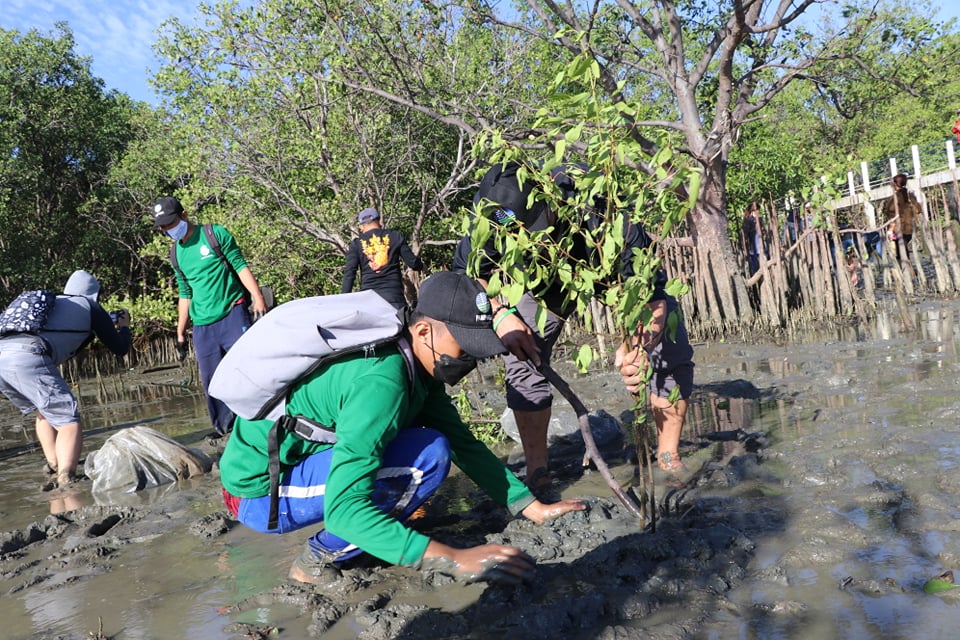RIVER CLEANUP INITIATIVE CUTS WASTE FROM POLLUTING CALUMPIT WATERWAYS

- Details
- Parent Category: News & Events
- Category: Photo Releases


BIDA ANG LAGING HANDA. Employees of the regional and field offices of the Department of Environment and Natural Resources (DENR) here joined the rest of the nation in a simultaneous earthquake drill on March 10.
All employees performed the “duck, cover and hold” procedure to prevent injuries, especially to the head and neck during the occurrence of an earthquake. When it was signaled that the simulated earthquake had stopped, employees evacuated the building in an orderly fashion while still covering their heads from possible falling debris.
Evacuating employees followed posted emergency exit signs through clear pathways while maintaining social distance and wearing face masks, in adherence to Inter-Agency Task Force on Emerging Infectious Diseases (IATF-IED) guidelines.


ACT FOR WETLANDS. Hundreds of volunteers and personnel from partner government agencies joined the Department of Environment and Natural Resources (DENR) here in massive mangrove growing activities in an effort to uphold sustainability and conservation of wetland areas in Central Luzon.
Over 1,000 mangrove propagules, composed of Bauang bakawan, Bakawan babae and Bakawan lalaki species, were planted in identified planting sites in Sasmuan Bangkung Malapad Critical Habitat Ecotourism Area in Pampanga, Bagac River in Bataan and Uacon Lake in Zambales.

